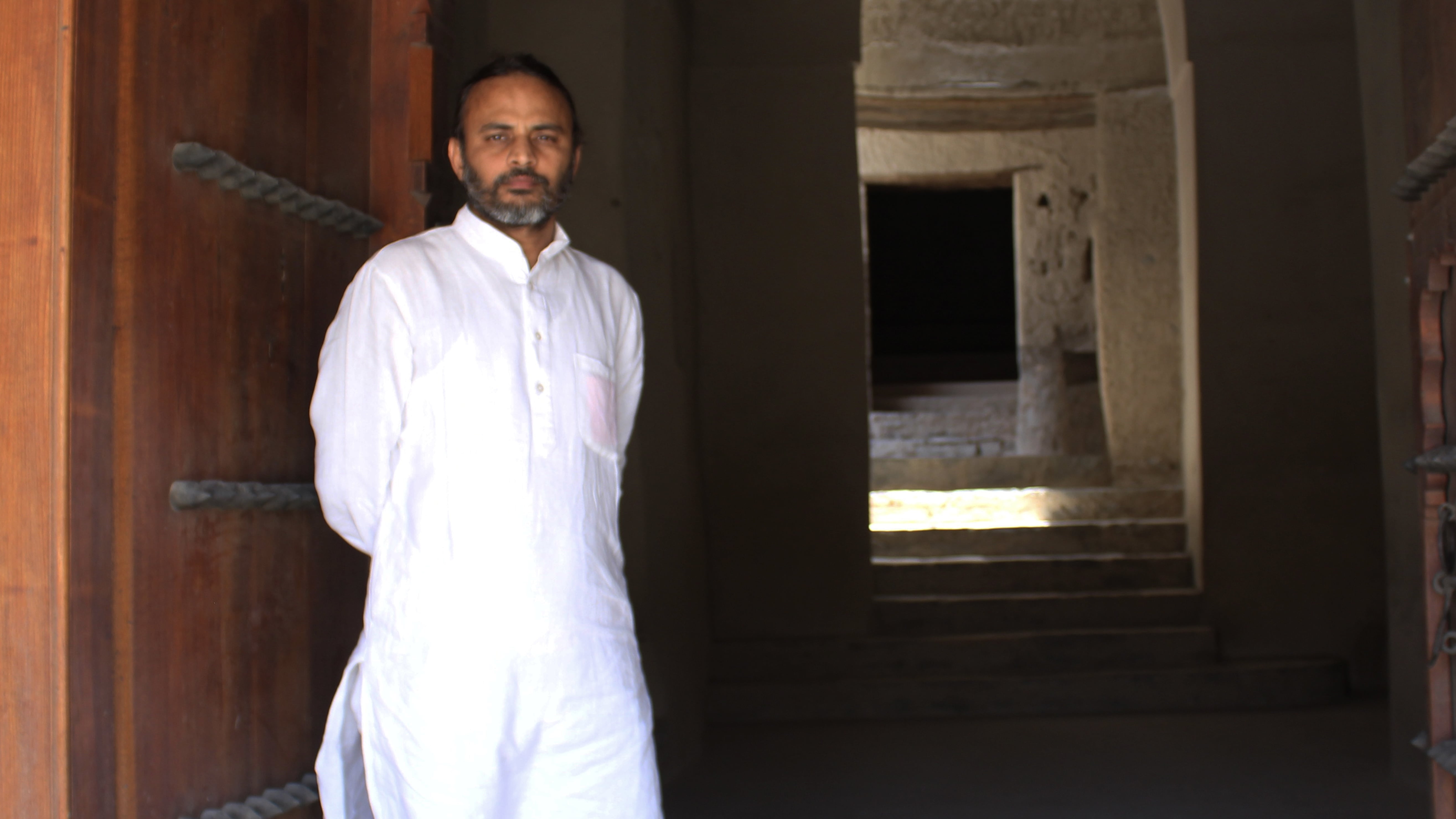
Udaan Vayu: Force of Consciousness
6 months ago By Yogi AnoopUdaan Vayu: The Force of Consciousness Flowing from South to North
Udaan Vayu: The Ladder of Consciousness or the Descent into the Subconscious?
Question: Gurudev, you mentioned that if the air flowing from the south to the north becomes imbalanced, it can lead to diseases in the brain. Is this merely symbolic, or is it also mentioned in the scriptures?
Yogi Anoop: It is not merely symbolic — it is an experiential truth. The Chandogya Upanishad states:
“उत्तरायणं प्राणो गच्छति।” (The prāṇa goes toward the northern path.)
That means: the prāṇa moves in the northern direction. Here, north is not just a geographical direction, but refers to the ascent of consciousness. The essential meaning of the northern path of consciousness is the upward movement, the emergence of higher knowledge. The movement of consciousness from south to north represents the awakening of discriminative knowledge (viveka-jñāna).
On the contrary, if consciousness expands from north to south — that is, downward from the navel — then it remains limited to food, sex, and sensual pleasures.
From the physical body’s perspective, the region above the navel — considered the north — includes the heart, throat, the space between the eyebrows (bhrumadhya), and the crown of the head (sahasrāra). In yogic science, this is called the upward path, and it is through this path that prāṇa ascends. This is precisely the domain of udān vāyu.
Now, if this udān vāyu, which flows from south to north, becomes imbalanced, then this upward path is obstructed. The flow of consciousness, thoughts, and mental energy begins to descend — that is, it falls below the navel, into tamas, into darkness.
The Śruti texts describe udān vāyu as the force that carries the prāṇa out of the body at the time of death.
The Brahmasūtra says —
“उदानः स्मृति लोपे” (Udana acts at the loss of memory.)
That means — when memory starts to fail, it is the udān vāyu that carries consciousness either upward or downward, depending on where it has been habituated to move.
If this vāyu is sāttvic, it leads the prāṇa towards the brahmarandhra, the opening at the crown of the head — the gateway to liberation.
If it becomes rajasic or tamasic, the prāṇa exits through the lower orifices of the body, and the being enters again into the cycle of rebirth.
That is why it is of utmost importance to have conscious and discerning control over this vāyu.
Question: Gurudev, does udān vāyu operate only at the time of death, or does it also affect our daily life?
Yogi Anoop: Udān vāyu operates at every moment of life. In all functions of the sense organs, this vāyu plays an essential role. All actions that come toward the northern direction — metaphorically speaking — must be guided by discrimination (viveka), otherwise they will certainly result in some form of inner death.
This is because all the functions of the sense organs (seeing, hearing, smelling, touching, and tasting) are fundamentally connected to knowledge and discernment. If there is no power of discernment, then disease and decay become inevitable.
That is why I consider udān vāyu to be responsible for all the activity above the navel. For example:
- When you speak — it works through speech.
- When you swallow — it is involved in the throat’s action.
- When you laugh, sing, cry, or articulate words — udān vāyu is active in all of these.
It is an ascending force — directly connected to the brain and to self-awareness.
What modern psychology calls expression, yoga refers to as udāna.
Now, if someone is depressed — does not speak, laugh, or cry — then understand that udān vāyu is no longer moving, it has become stagnant.
If someone talks excessively, yells, or laughs artificially — then too, the udān vāyu is in a state of imbalance.
Hence, balance between calmness and vitality is the hallmark of a healthy udān vāyu.
This proves that udān vāyu is intimately related to the mind, brain, and intellect.
Question: You mentioned that other vāyus eventually dissolve into prāṇa vāyu. Could you please clarify this further?
Yogi Anoop: Prāṇa vāyu is the origin — just as the Ganges originates in the mountains and all other rivers eventually merge into it, so too do apāna, samāna, vyāna, and udāna ultimately dissolve into prāṇa vāyu.
In yogic terms, I call this prāṇa laya — the dissolution of all vāyus into prāṇa.
This is not merely achieved through breath control, but through purification of thought, behavior, and emotional sensitivity.
Ultimately, it leads to the highest peak of intellect — beyond thought itself.
Question: So, if this vāyu becomes imbalanced, does it prevent meditation? Can thoughts not be stilled?
Yogi Anoop: Just as one cannot remain steady during a strong storm — even mighty trees and houses fall — similarly, when the vāyu within the body increases uncontrollably, it becomes impossible to still the thoughts.
In fact, such people often lack stability in their professional lives as well — repeated highs and lows are frequently observed. While ups and downs are natural in worldly life, individuals with this vāta-dominant nature tend to always have an unstable mind.
This is because there is restlessness and dissatisfaction at the deepest inner level. From such a state of inner unrest, it becomes difficult to deal effectively with external challenges.
The first requirement of meditation is — the stillness of vāyu. The pressure of vāyu in the body must be minimal and well-regulated.
Especially the flow from south to north must be balanced.
Let me give an example to make this clearer:
If a person experiences a stuck burp or indigestion in the chest, it becomes nearly impossible to concentrate or meditate. Why? Because the vāyu has become hyperactive — and thus the brain becomes excessively stimulated.
Conversely, if the flow becomes too weak — the person lapses into dullness and lethargy.
That is why udān vāyu must neither be over-excited nor suppressed — but balanced in its natural movement.
Ultimately, everyone must reside in the northern direction.
Why? Because the north understands and governs all other directions.
That is why, in Indian tradition, Shiva is believed to reside in the north — the deity of knowledge, wisdom, and even death.
And it is in this same direction that Kubera, the lord of wealth and prosperity, resides.
It is also the abode of Saraswati, the goddess of wisdom and learning.
Recent Blog
Copyright - by Yogi Anoop Academy
